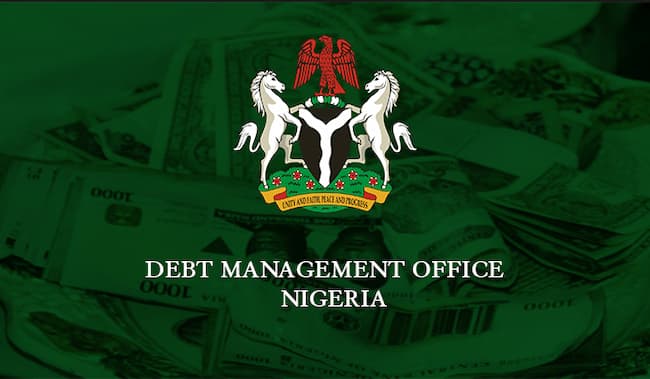The Debt Management Office (DMO) on Monday said Nigeria ended the year 2020 with a total public debt burden of N32.9 trillion.
Checks showed that Nigeria borrowed N700 billion in the fourth quarter of 2020 as public debt was N32.2 trillion as of the third quarter of last year.
From its last report on public debt, the figure stood at N32.2tn as of the end of September 2020, which showed an increase of N700bn.
The DMO disclosed that the total public debt to the Gross Domestic Product was 21.61 per cent, adding that it was within Nigeria’s new limit of 40 per cent.
“Nigeria’s total public debt as of December 31, 2020 was N32.92tn. The figures include the debt stock of the federal and state governments, as well as, the Federal Capital Territory,” it stated.
READ ALSO: Pension: RSA Holders Take Advantage Of Transfer Window, Move N18bn
The agency noted that after Nigeria exited recession in 2017, the level of new borrowing at the federal level as shown in the annual Appropriation Acts, had been declining to moderate the rate of growth in the public debt stock in order to ensure debt sustainability.
The DMO stated that new borrowing to part finance budget deficits had declined steadily from N2.36tn in 2017 to N2.01tn in 2018, N1.61tn in 2019 and N1.59tn in the first 2020 Appropriation Act.
According to the agency, this trend was reversed in 2020 due to the economic and social impact of the COVID-19 pandemic as new borrowing in the revised 2020 Appropriation Act was N4.2tn.
The DMO stated, “It should be noted though, that apart from the new domestic borrowing of N2.3tn, the other new borrowings were concessional loans from the International Monetary Fund ($3.34bn) and other multilateral and bilateral lenders.
“This incremental borrowing to part-finance the 2020 budget and the additional issuance of promissory notes to settle some arrears of the Federal Government of Nigeria, contributed to the increase in public debt stock.”
It said new borrowings by state governments also contributed to the growing debt stock.
“Borrowing will be from domestic and external sources but a larger proportion of new borrowing will be from domestic sources using long-term instruments while for external borrowing, concessional funding from multilateral and bilateral sources will be prioritised,” it stated.














